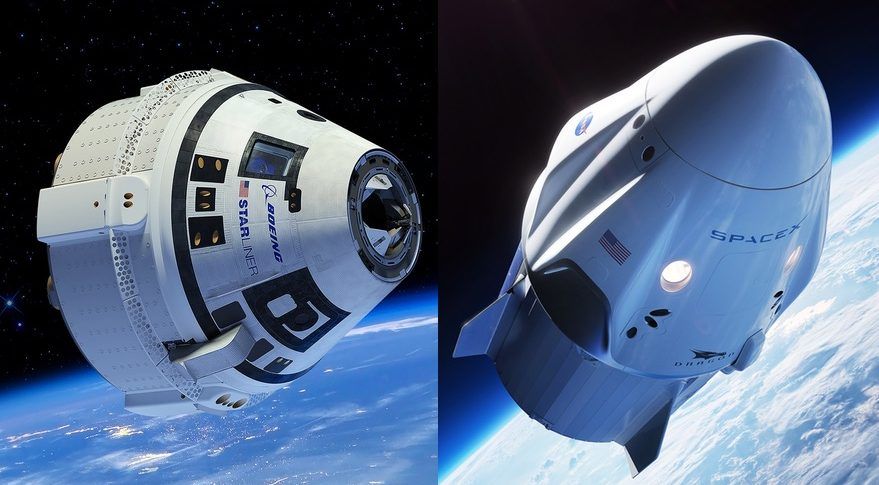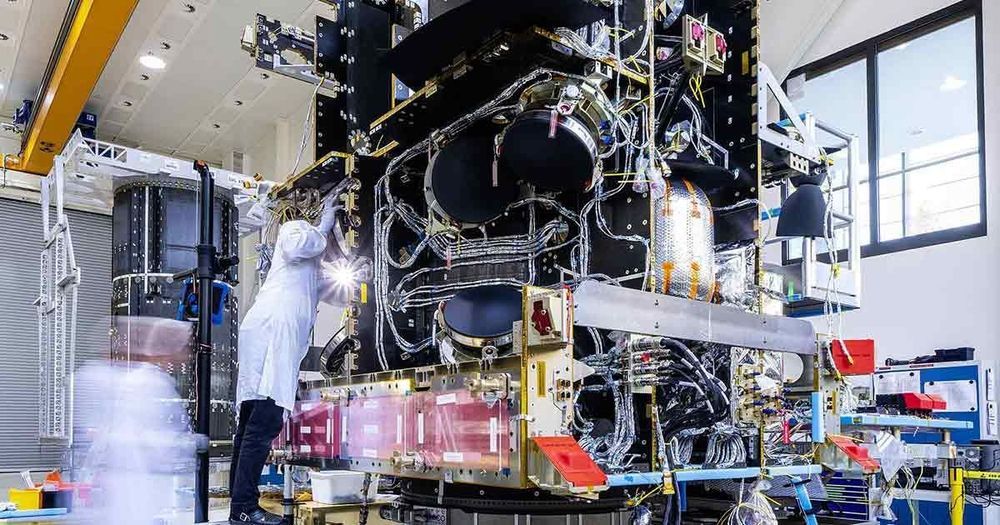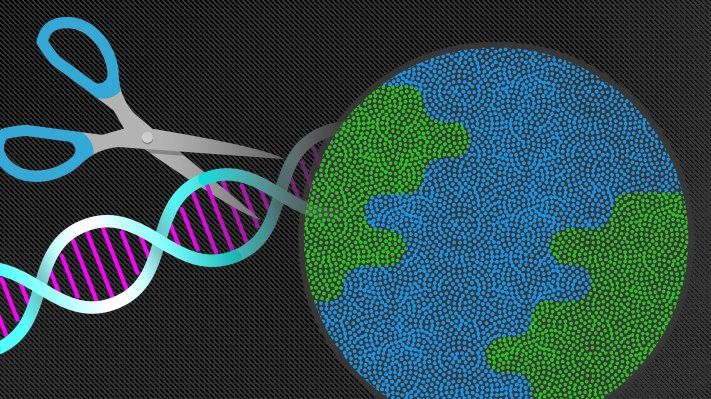Purified cannabidiol reduces seizures in patients with severe epilepsy, study shows.
Get the latest international news and world events from around the world.


Discovered: the brain’s map pins
New finding sheds new light on how the brain processes spatial memory.

Building An AI (Neural Networks | What Is Deep Learning | Deep Learning Basics)
This video was made possible by Squarespace. Sign up with this link and get 10% off your purchase of a website or domain after your free trial! https://squarespace.com/singularity
In the last video in this series, we discussed the biologically inspired structure of deep leaning neural networks and built up an abstracted model based on that. We then went through the basics of how this model is able to form representations from input data.
The focus of this video then will continue right where the last one left off, as we delve deeper into the structure and mathematics of neural nets to see how they form their pattern recognition capabilities!
Thank you to the patron(s) who supported this video ➤
Wyldn pearson garry ttocsra brian schroeder
Become A Channel Member, Patron or Make A Donation ➤.



‘Transhumanist’ eternal life? No thanks, I’d rather learn not to fear death
While the transhumanism movement is making progress, it isn’t without its skeptics. Some don’t think it will ever work the way we want it to, because it asks science to turn back a natural process of aging that has an uncountable number of manifestations. Critics of anti-aging research envision any number of dystopian futures, in which we defeat many of the causes of death before very old age, leaving only the most ghastly and intractable — but not directly lethal — maladies.
Lest you think this concept is limited to snake-oil salesmen and science-fiction writers, the idea that aging is not inevitable is now in the mainstream of modern medical research at major institutions around the world. The journal Nature dubbed research from the University of California at Los Angeles a “hint that the body’s ‘biological age’ can be reversed.” According to reporting by Scientific American on research at the Salk Institute for Biological Studies: “Aging Is Reversible — at Least in Human Cells and Live Mice.”

You’ve heard of CRISPR, now meet its newer, savvier cousin CRISPR Prime
CRISPR, the revolutionary ability to snip out and alter genes with scissor-like precision, has exploded in popularity over the last few years and is generally seen as the standalone wizard of modern gene-editing. However, it’s not a perfect system, sometimes cutting at the wrong place, not working as intended and leaving scientists scratching their heads. Well, now there’s a new, more exacting upgrade to CRISPR called Prime, with the ability to, in theory, snip out more than 90% of all genetic diseases.
Just what is this new method and how does it work? We turned to IEEE fellow, biomedical researcher and dean of graduate education at Tuft University’s school of engineering Karen Panetta for an explanation.